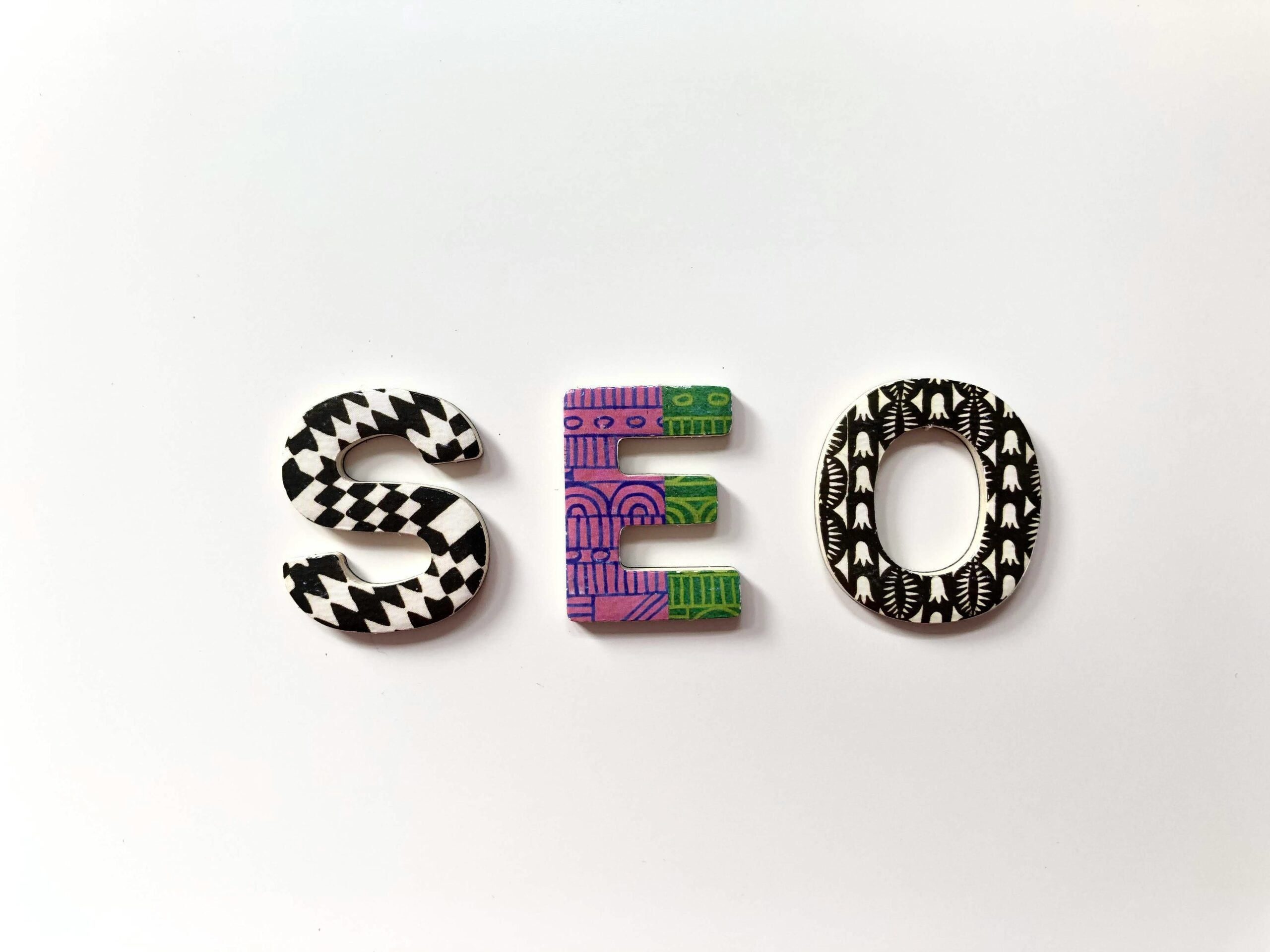In recent years, the interaction of web development and digital marketing has become a key factor for successful business conduct in the online space. Companies that were able to combine these two areas have significantly improved their efficiency, improved customer interaction and strengthened their market position.
Importance of Synergies Between Web Development and Digital Marketing
Web Development as a Foundation for Online Presence
The website for most users serves as the primary and basic means of contact with the company. The convenience, functionality for him, will enable him to stand on the website or leave searching for an analog. An excellent website-a showcase for a company-is quite a strong tool for working with the audience because of which, in principle, it is seriously possible to enhance the result from marketing efforts.
Digital Marketing: Connecting with the Right People
This includes Digital Marketing strategies in MVP development companies like Celadonsoft, which involve complex marketing techniques toward better customer engagement. In practice, though, most of those activities would heavily depend on the proper embedding of advertisements, emails, and content on social networks into technical website functionality. For example, it should be responsive for all devices, offer fast page loading, and be easily navigable to maintain high conversions and engagement.
How Do Marketing and Web Development Collaborate?
When Web Development and Digital Marketing work together, it allows achieving the following advantages:
- Improve SEO-Visibility: Such cooperation in technical optimization and content strategy will give a dramatic increase to the site’s position in search engines.
- Improved User Experience: A well-structured website allows ease to the user, which automatically will contribute to increasing the rate of revisits and conversions.
- Improve the effectiveness of advertising activities: Integration of active user behavior on the site with analytics tools will let you create more targeted advertising campaigns and improve their overall effectiveness.

The Foundation of Digital Marketing: Web Development
Besides simply making sites, web development acts as an assistant and means of assurance in implementation and successful strategy execution. There isn’t a kind of digital marketing that fully could be enacted without a corresponding quality web resource. Consider how web development affects marketing effectiveness.
1. Quality Website as the Foundation of Marketing Strategies
- The main channel of interaction with customers. A user’s initial interaction with a brand is frequently through the website. In addition to being educational, it should make interacting with the business enjoyable.
- Accessibility and stability. The functionality of the site directly impacts the perception of the brand. If the site is typically «broken» or loads for a long time, users will go to competitors.
- Integration with other channels. Modern website should be integrated with various digital channels – from social networks to analytics systems. This allows marketers to effectively track user behavior and improve interaction.
2. How UX/UI Design Plays a Role in Creating User Engagement
- Usability: UX/UI design should provide comfortable and intuitive assistance for users. If a user can’t find the necessary information in the shortest period of time or can’t understand how to work with the site, he will leave it in the first place.
- Positive experience of interaction. Well-designed design creates positive emotions in users, which in turn increases their likelihood of revisits and conversions.
- Mobile adaptability. It is necessary to remember that an increasingly large number of users access the sites via mobiles. Adaptive design means the site will look equally comfortable both on a smartphone and computer.
3. Site Speed as a Factor of Success Marketing
- User Psychology. Every year, the attention of users becomes more and more limited. If the site loads too long, visitors lose interest and leave. This directly affects the failure rate and, as a consequence, the success of marketing campaigns.
- SEO-optimization and Speed. Search engines such as Google take into account the site load speed when ranking. Fast sites have a better chance of getting in the top ranking, which significantly improves brand visibility in search engines.

SEO and SEM: Synergy for Visibility in Search Engines
The intersection of web development and digital marketing is invested with strong power in the field of search promotion. Combining SEO (search optimization) and SEM (search marketing) will be able to significantly increase the visibility of your resource and provide long-term and short-term successes on the Internet. Consider how the synergies of these methods can be used to achieve maximum results.
Variety Between SEO and SEM
- SEO is a long-term strategy of work aimed at improvement of audit of the website in organic search results. The list goes on and on: technical optimization of the site, creation of quality content, improvement of user experience, and work with external links.
- SEM stands for paid advertising campaigns in search engines, such as Google Ads. It helps to increase the visibility of your resource instantly by directing traffic to the site through paid ads.
How SEO and SEM Work Together
- SEO targets improving the positions of your site for a long time. The thing is, it does take time to get to the top.
- Together, these methods ensure a stable traffic flow. SEO creates the foundation for your site, improving its visibility, and SEM allows you to respond quickly to market changes and attract customers through targeted advertisements.
Interaction of SEO and SEM for Maximum Effect
- Using SEM data for SEO: In paid SEM campaigns, key requests and user behavior are easily tracked. This data can be used to improve SEO strategy by adding highly effective keywords in content.
- Competitor analysis: SEM helps to quickly see which advertising campaigns competitors use and which keywords drive traffic. These insides can be used in SEO strategies and advertising campaigns.
- Budget optimization: When SEO starts to bring in stable organic traffic, you can revise the budget for SEM and redirect funds to other advertising channels or projects.

Integrating Websites and Mobile Applications to Enhance User Experience
Consumers in the modern world anticipate a smooth and reliable brand experience. Integration of mobile applications and websites becomes an important element in providing such experience. Essential aspects of this integration:
- Unified user interface (UI): The application and website should have a common style and design, which allows users to easily move from one platform to another. This increases brand recognition and makes navigation easier.
- Common functionality: All key features, whether it’s purchases, feedback forms or access to content, should work equally on mobile devices and desktop. This prevents users from being lost due to the technical limitations of one of the platforms.
- Real-time data synchronization: It is significant that the data between the mobile application and the website is synchronized instantly. Thus, this allows for users to acquire updated information easily and provides seamless experiences.
It involves the integration of mobile applications and websites to offer a better user experience, leading to increased conversion because customers can interact with the brand at their convenience.
Data Sharing for Efficiency: Analysis and Optimization
Combining web development analytics and digital marketing gives a powerful tool for analyzing and optimizing all processes. This allows:
- Centralized data collection: All data about users, site behavior and actions in mobile applications should be collected in one place for easy analysis. This can be done with tools like Google Analytics, Hotjar or Mixpanel.
- Analytical reporting flexibility: Advanced filters and reports help segment audiences by different parameters and analyze which actions on the site or in the application lead to many conversions.
- Data-driven optimization: Sharing web development and marketing data allows you to improve the user interface, increase page load speed, change content according to audience needs and test different marketing strategies.
It is important to remember that without continuous optimization based on data analysis, there can be no long-term success in integrating web development and marketing.
